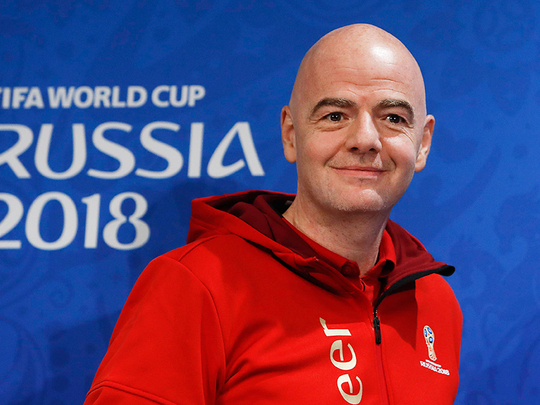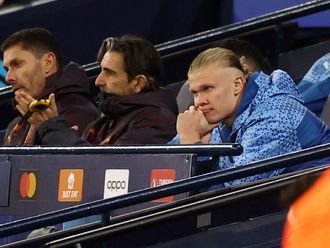
As an unpredictable but most fascinating World Cup draws to a close, it’s time to ponder over the future of the sporting spectacle they call the greatest show on earth. Is this the last of the World Cups as we have known it — with it’s evolution and change in character — for the last two decades?
It certainly looks like a bit of a journey into the unknown with the experiments that the Fifa has decided to embark upon with their prestige product in the coming decade. While the shifting of the World Cup to November-December in Qatar in four years’ time is one — which is going to play havoc with the calendar of the European leagues — the expansion plan to 48 teams with an eye on the new markets may change the character of the showpiece forever.
The ease with which Gianni Infantino, the Fifa head honcho, got the resolution passed to increase the number of teams from the 2026 edition last year showed that the buy-in from all the continents to this idea was the least of his problems. The argument of allotting more slots to the mighty Europe had often been raised in the past — and it will be more so in view of the European affair that the Russia 2018 had been — while every other confederation will love to have a marginal increase in their quota in future. What’s more, Infantino has now gone a step further by pressing for an increase in teams from 2022 itself in his pre-final address in Moscow.
While I am no believer in the footballing aristocracy which has historically maintained a stranglehold over the competition till this edition (my heart says it should be Croatia on Sunday, though the head thinks otherwise), I feel increasing 16 teams at one go is one quantum jump too far. There is definitely a risk of dilution of the competitiveness that the World Cup finals usually offer — where the mere participation of the country or scoring of a goal is perceived as a landmark of sorts.
Looking back at the evolution of the tournament, the modern history of World Cup shows that the governing body of the game has never increased the number of teams by more than eight at one go. One may feel that similar arguments had cropped up when the field was last increased from 24 to 32 in France ’98, but the last round of expansion had proved to be an optimum fit over the past two decades with something in it for everybody.
The other big ‘if’ is closer at hand with the World Cup in Qatar. It was as an after-thought that Fifa decided to juggle the timing of the event to winter as one wonders why the temperature was not taken into cognisance at the bidding process itself. The present scenario sees the European leagues winding up in April, by which time both the Uefa Champions League and Europa League reach their business-end with their final scheduled in the last week of May — while the World Cup starts in two weeks’ time.
Will then the schedule of the Champions League and Europa also see a change of dates? A clear scenario will emerge once the qualifiers for Qatar 2022 begin in about two years’ time but one thing is for certain — there will be plenty of logistical issues to ponder over for the governing bodies in near future.












